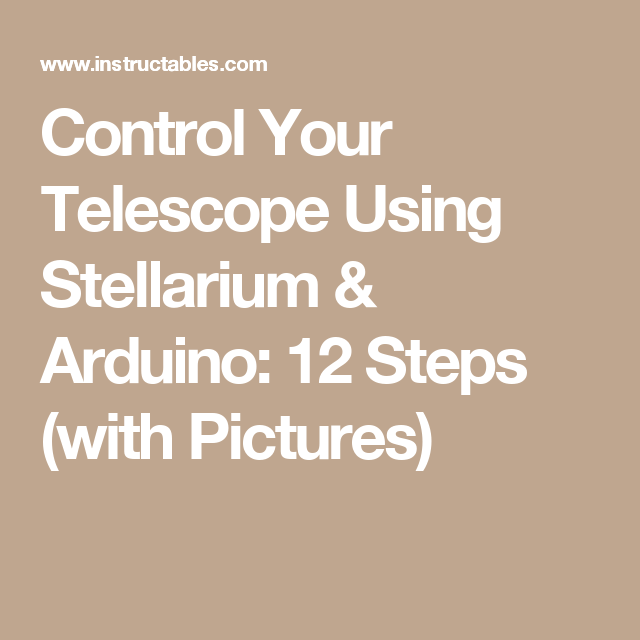

This article focuses on capturing the 5 visible planets of our solar system as they are the easiest to find and photograph using basic camera equipment. The planets Venus and Mercury at dawn using a DSLR camera and lens on a tripod.īecause the major bodies in the solar system orbit the Sun in nearly the same plane of the ecliptic, the position of each planet is predictable and you can plan for photographic opportunities in the future.Ī suitable telescope that’s mounted to an equatorial mount is capable of high magnification, detailed views of the larger planets, and even the very distant gas planets such as Uranus and Neptune. You do not need an astronomical telescope to find and photograph the five visible planets (Mercury, Venus, Mars, Jupiter, and Saturn). There are a few ways to photograph planets with your camera, but the easiest and most straightforward is using a DSLR, a wide-angle lens, and a tripod. You can shoot wide-angle shots with a DSLR camera and lens where the planet appears as a bright star, or high magnification views using a dedicated astronomy camera that reveals surface detail. Planets like Jupiter and Mars are quite bright, you just need to know where and when to look for them. Hit Connect, wait for the status to change to Connected and.Photographing the five visible planets with your camera is not as difficult as you may think.Here you should find a row with the just configured connection Close the Add new Telescope panel and go back to Telescope Control Panel.to get all the current available devices, as seen by the server Take care to select INDI/INDIGO type of connection and click Refresh devices. Now select Add and fill all the parameters.Open the Telescope Control Panel and click on Configure Telescopes.Time to launch Stellarium, activate the Telescope Control plugin and restart Stellarium.Go back to Mount menu, select On coordinates set and revert the value to Slew target and track.This will perform the first Sync with the mount.

Go to Equatorial coordinates menu and select a star close to Equator and local meridian and click Set.

Go to Mount menu, select On coordinates set and set it to Sync to target.



 0 kommentar(er)
0 kommentar(er)
